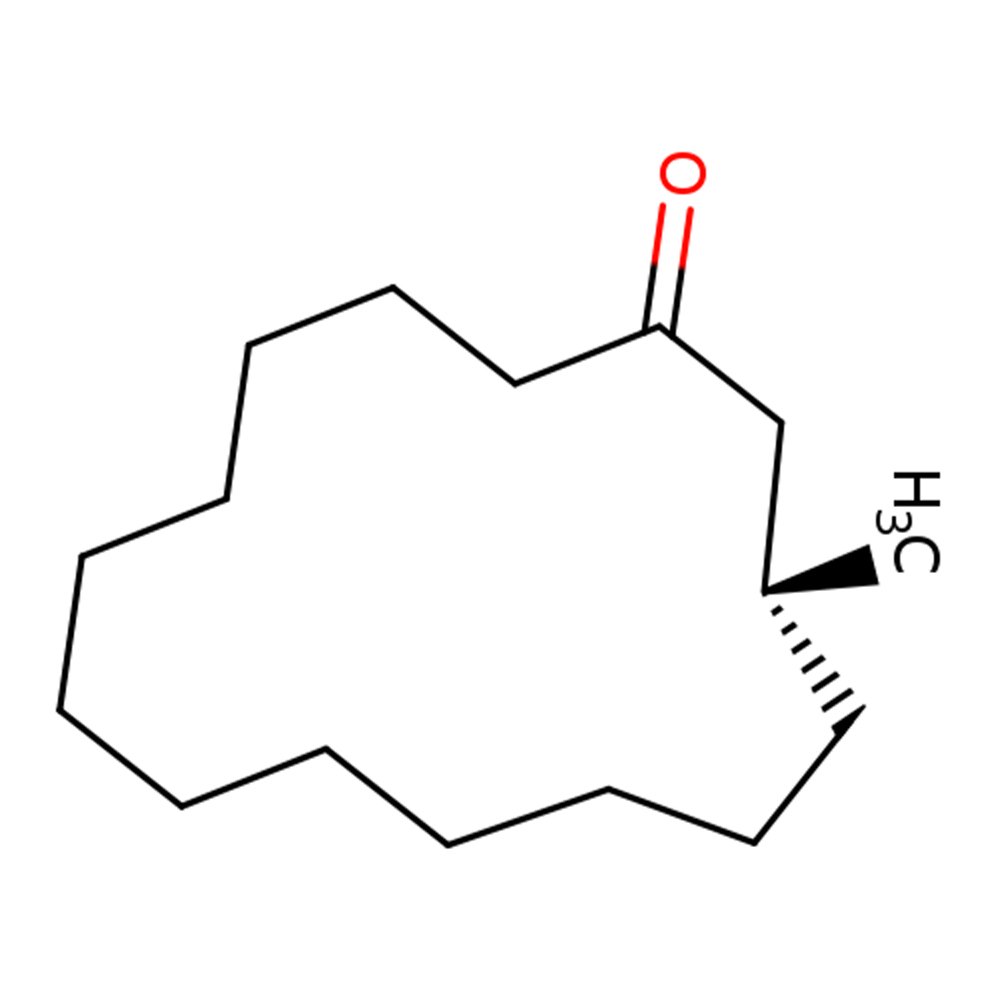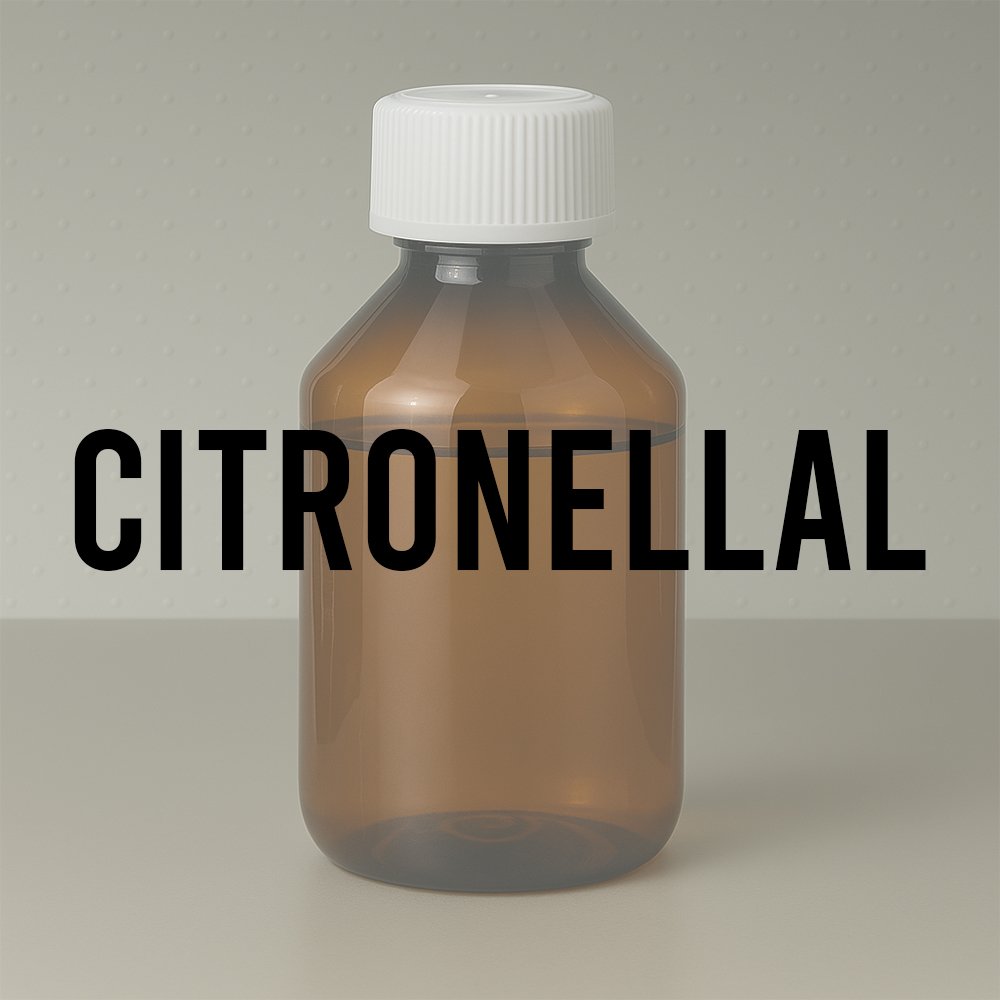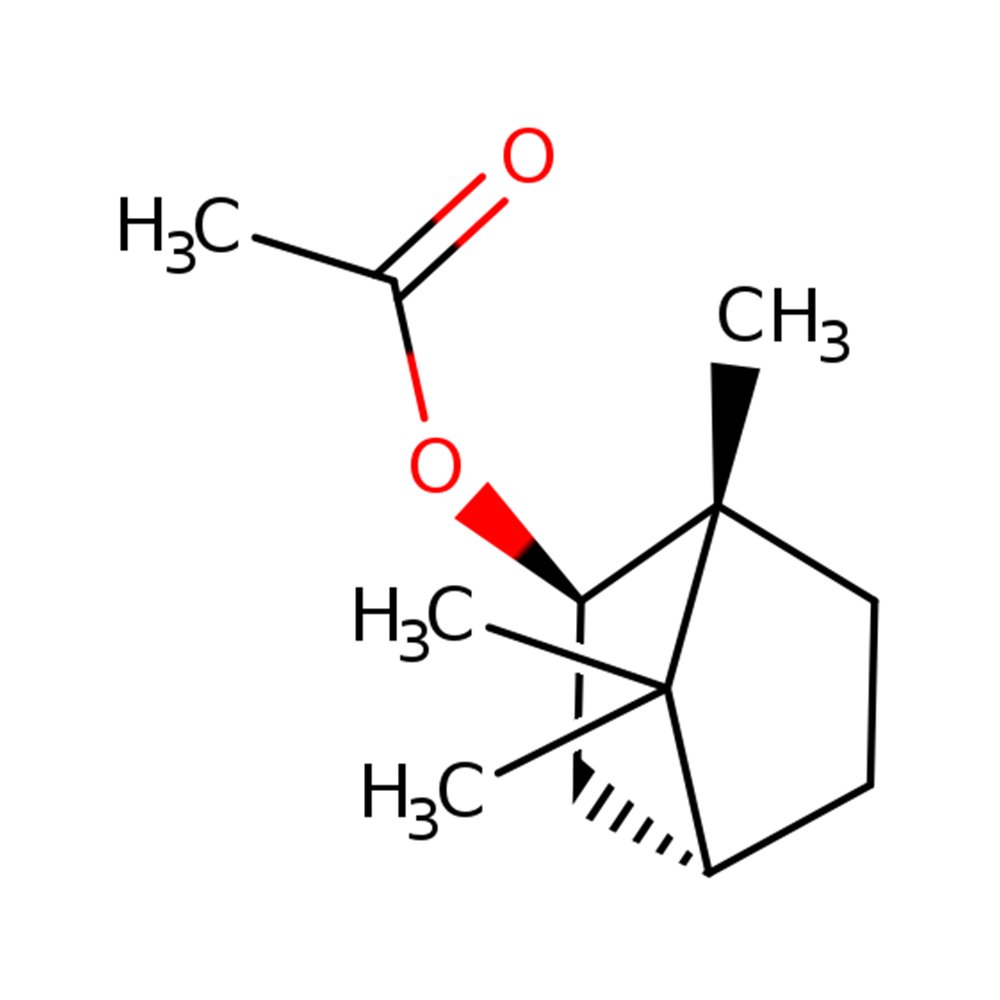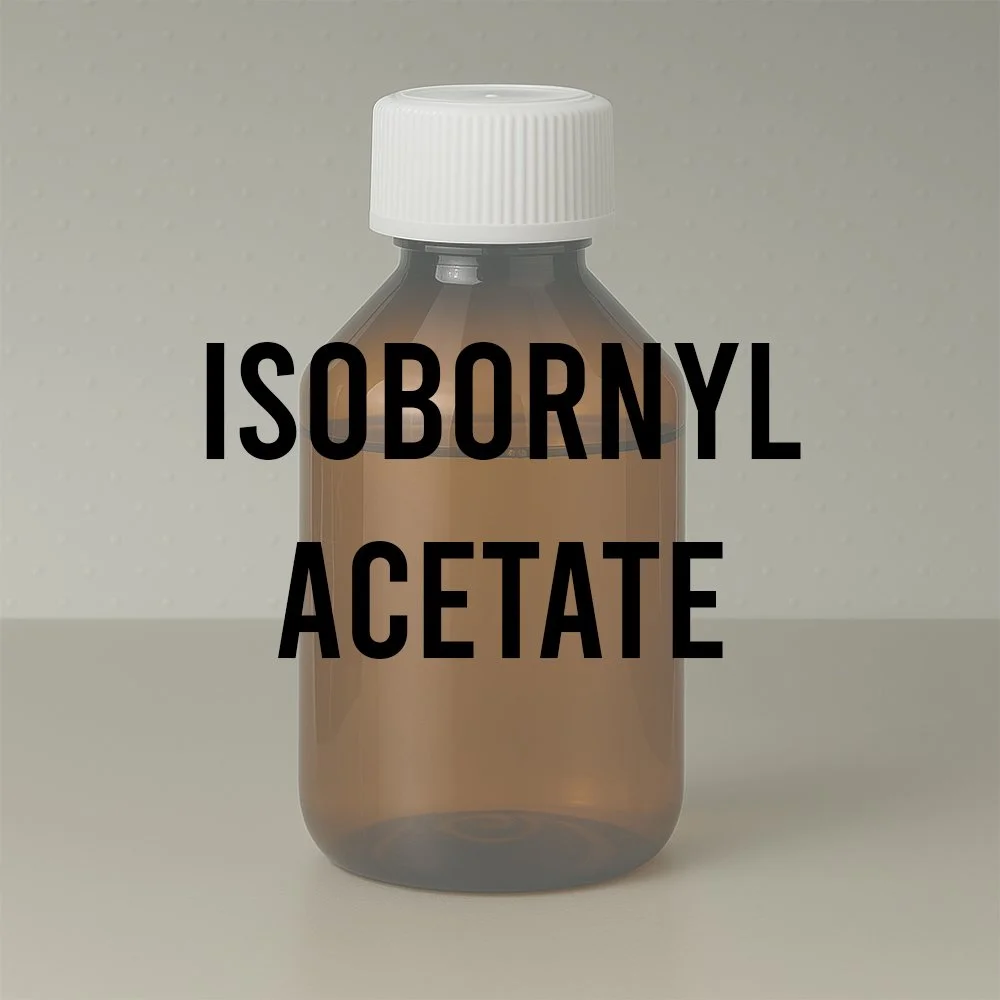Technical Ingredient Overview
🔎 Chemical Name — Benzyl acetate
🧪 Synonyms — Acetic acid benzyl ester, acetate of benzyl alcohol
🧬 Chemical Formula — C₉H₁₀O₂
📂 CAS — 140-11-4
📘 FEMA — 2135
⚖️ MW — 150.17 g/mol
📝 Odor Type — Floral-fruity
📈 Odor Strength — Medium
👃🏼 Odor Profile — Sweet, fruity, floral (jasmine, banana, pear nuances)
⚗️ Uses — Fine fragrance, flavoring, solvent applications
🧴 Appearance — Colorless to pale yellow liquid
What is Benzyl Acetate?
Benzyl acetate is an aromatic ester formed from benzyl alcohol and acetic acid. Known for its sweet, fruity, and floral scent reminiscent of jasmine and ripe pears, it is a naturally occurring component of several essential oils, most notably jasmine absolute, ylang-ylang, and gardenia.
In perfumery, it is a foundational material, particularly for jasmine reconstitution, and is used extensively in fine fragrance, air care, and cosmetic formulations. Benzyl acetate is also employed in flavor applications, contributing fruity notes to food and beverage products. Its molecular simplicity, affordability, and compatibility make it a staple of modern fragrance chemistry (Arctander, 1960; Sell, 2014).
Historical Background
The discovery of benzyl acetate is not attributed to a single individual but emerged through the gradual development of ester chemistry in the mid-19th century. Its synthesis via esterification of benzyl alcohol and acetic acid was already understood by the 1850s, as the principles of acid-catalyzed esterification (later formalized by Emil Fischer) were explored in academic laboratories.
By the late 1800s, benzyl acetate had been identified as a natural constituent in the volatile fractions of jasmine and ylang-ylang, thanks to early distillation and solvent extraction analyses. The fragrance industry adopted the synthetic version of the compound in the early 20th century, particularly for recreating the complex profile of natural jasmine at a fraction of the cost.
A notable turning point occurred in 1911, when benzyl acetate was referenced in formulation compendiums for jasmine-type perfumes. By the 1920s, it was in widespread use among perfumers due to its affordability, pleasant character, and versatility in floral accords.
Its role became even more critical with the rise of modernist perfumery and synthetic reconstitution, where compounds like benzyl acetate, indole, and methyl anthranilate formed the basis for jasmine-themed compositions (Poucher, 1923; Sell, 2014).
Olfactory Profile
Scent Family: Floral–fruity
Main Descriptors: Sweet, fruity, jasmine-like, pear, banana nuance
Odor Strength: Medium
Tenacity: Moderate (lasting mainly through heart to early drydown)
Volatility: Medium; functions primarily as a middle note
Fixative Role: Limited — contributes volume rather than fixation
Applications in Fine Fragrance
Benzyl acetate is a key building block in jasmine-type perfumes and florals. It is widely used to:
Create jasmine reconstitutions, often alongside benzyl alcohol, indole, and methyl anthranilate
Add volume and realism to fruity florals, soliflores, and white floral bouquets
Blend seamlessly with materials like Linalool, Benzyl Alcohol, Phenylethyl Alcohol, and Eugenol
Enhance headspace effects in synthetic floral accords
It is found in both classic and contemporary perfumes. While it may not often be credited as a starring note, its supportive role is essential in achieving roundness and realism in many floral compositions.
Performance in Formula
In formulation, benzyl acetate offers:
Moderate diffusion with good compatibility across alcohols, esters, and phenolics
An ability to fill out heart notes, making transitions smoother
Naturalness in jasmine, muguet, and tropical fruity accords
Good solubility and blending behavior in ethanol-based and oil-based systems
Its primary limitation is its moderate tenacity, requiring the support of more substantive floral fixatives or base materials in long-lasting compositions.
Industrial & Technical Uses
Benzyl acetate is used outside of fine fragrance in several contexts:
Flavoring agent in food and beverages, especially in apple, banana, and pear profiles (FEMA 2135)
Solvent in coatings, inks, and cellulose nitrate formulations
Aroma additive in air fresheners and cleaning products due to its volatility and pleasant odor
Occasional use in cosmetics and personal care for fragrance purposes
Its dual functionality as both a fragrance and flavor material makes it a highly valued compound in the aroma chemical industry.
Regulatory & Safety Overview
IFRA: Not restricted as a pure substance under Amendment 51, but regulated as part of complex mixtures when allergens are present
GHS: Eye Irritant, Category 2
EU Cosmetics Regulation (EC No 1223/2009): Allergen labeling required if present ≥0.01% in leave-on products
FEMA GRAS: FEMA No. 2135 — Approved for flavor use
REACH: Registered and compliant
Toxicology: LD50 oral (rat): 2490 mg/kg — considered to have low acute toxicity (Rowe, 2005)
Related Ingredients on scentspiracy
Benzyl Alcohol — precursor alcohol, also common in jasmine reconstitution
Methyl Anthranilate — key fruity floral compound used with benzyl acetate
Indole — deepening floral material in jasmine bases
Phenylethyl Alcohol — rose-jasmine heart material with similar volatility
Linalool — natural terpene used to boost floral freshness
References
Arctander, S. (1960). Perfume and Flavor Chemicals (Aroma Chemicals). Montclair: Author.
Sell, C. S. (2014). The Chemistry of Fragrances (2nd ed.). Royal Society of Chemistry.
Poucher, W. A. (1923). Perfumes, Cosmetics and Soaps (Vol. II). Chapman & Hall.
FEMA. (2023). FEMA GRAS™ Flavor Ingredient Library — Benzyl Acetate (2135). Retrieved from https://www.femaflavor.org
PubChem. (2024). Benzyl Acetate – CID 8802. Retrieved from https://pubchem.ncbi.nlm.nih.gov/compound/8802
Rowe, D. J. (Ed.). (2005). Chemistry and Technology of Flavors and Fragrances. Blackwell Publishing.
European Commission. (2003). SCCNFP Opinion on Fragrance Allergy. SCCNFP/0017/98.












